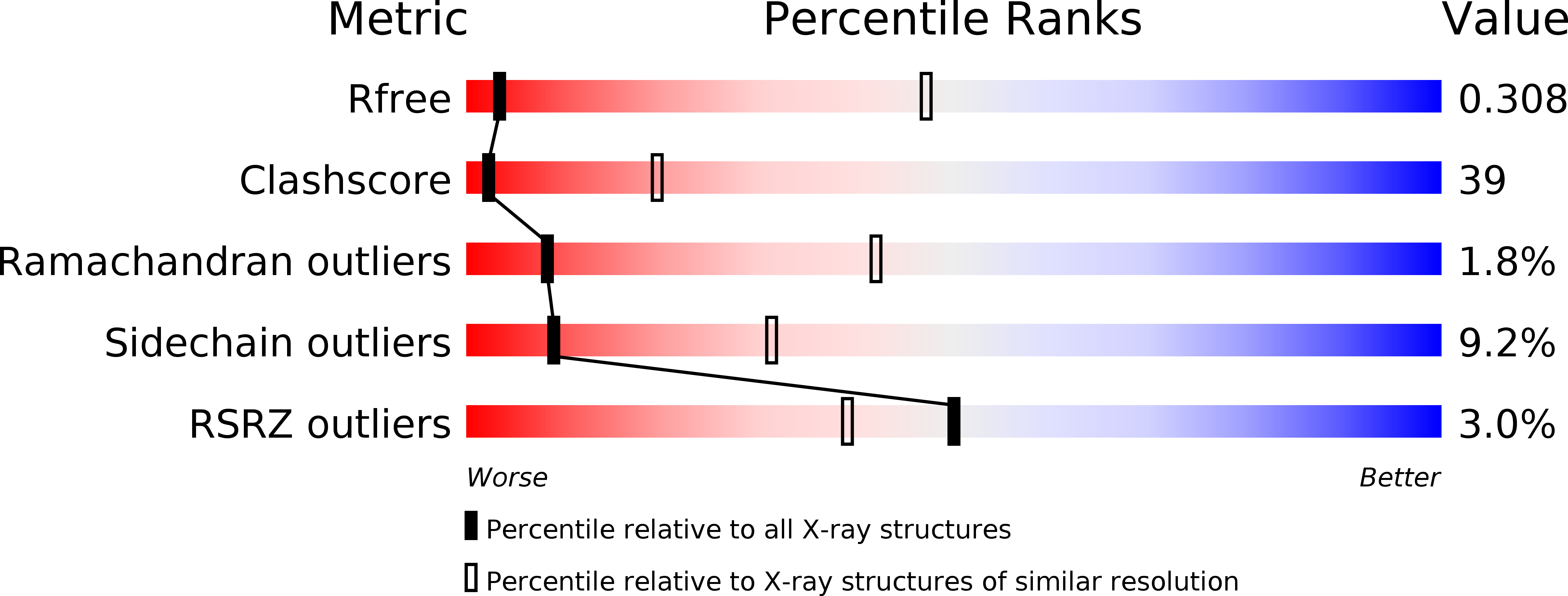
Deposition Date
2015-11-18
Release Date
2016-04-06
Last Version Date
2024-11-06
Entry Detail
PDB ID:
5FOA
Keywords:
Title:
Crystal Structure of Human Complement C3b in complex with DAF (CCP2-4)
Biological Source:
Source Organism:
HOMO SAPIENS (Taxon ID: 9606)
Host Organism:
Method Details:
Experimental Method:
Resolution:
4.19 Å
R-Value Free:
0.30
R-Value Work:
0.26
R-Value Observed:
0.27
Space Group:
P 21 2 21


